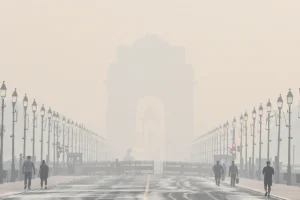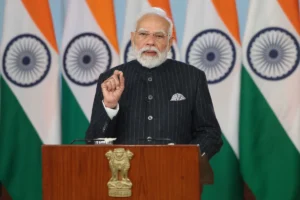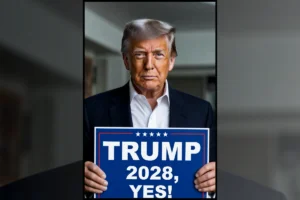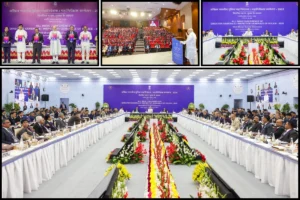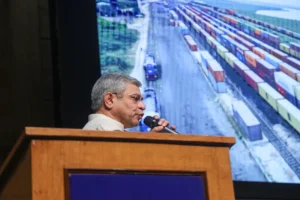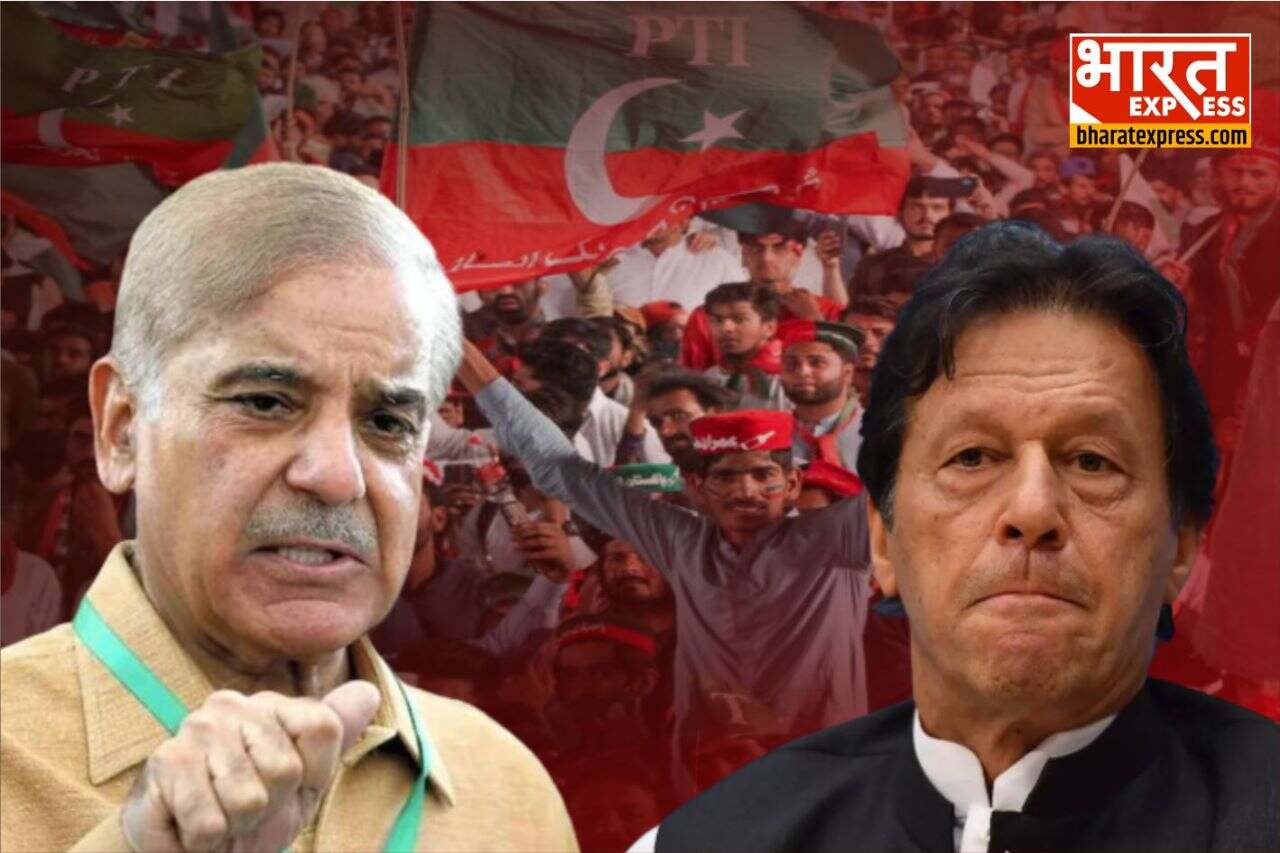
Pakistan crisis
Pakistan is once again grappling with an existential crisis. The political instability that followed Imran Khan’s removal from power in April 2022 has been exacerbated by the dissolution of the National Assembly this week. The former cricketer-turned-politician is now in jail, connected to an alleged corruption case involving profits from state gifts he received during his tenure as Prime Minister. His party, the Pakistan Tehreek-e-Insaf (PTI), has also been under scrutiny following widespread violence in May, after Imran Khan’s brief arrest. An alternative government, formed by the erstwhile adversaries, Pakistan Muslim League (Nawaz) and Bilawal Bhutto’s Pakistan People’s Party, has struggled to change the nation’s direction during their 18-month tenure.
Pakistan’s constitution mandates that elections be held within 60 days of the National Assembly completing its term. This duration can be extended by a month if the Assembly is dissolved before its designated completion time for specific reasons. The outgoing PM, Shehbaz Sharif, secured an additional 30 days for elections by recommending dissolution just three days before the Assembly’s term was set to conclude. However, there’s significant speculation that the elections might be further delayed. The government suggests that at least six more months might be needed to finalize the delimitation of Assembly constituencies, following the release of the nationwide census results in May.
But can elections truly address all of Pakistan’s challenges? Over the past five years, the country has seen each of its three major political parties take the helm. None have managed to significantly transform the national economy or garner the unwavering confidence of the populace. Doubts loom over PTI’s future, particularly with Imran Khan disqualified from contesting the upcoming elections.
Challenging the army leadership has come at a high price for the PTI Chief. His inability to maintain party unity after losing power has further dimmed his electoral prospects. Many of PTI’s key figures have already abandoned him, and age isn’t working in his favor. His unyielding nature hasn’t served him well either. While Nawaz Sharif and Benazir Bhutto also fell out of the army’s good graces at different points in history, they managed to rebound due to their negotiation skills — a trait seemingly absent in Pakistan’s only World Cup-winning cricket captain. Khan is surrounded by individuals reluctant to challenge him. He often overshadowed his alliance partners, taking sole credit for the prior election victory. Such behavior has left Khan isolated during this pivotal time. In contrast, his adversaries, Shehbaz Sharif and Asif Ali Zardari, have shown greater adaptability in forming successful alliances.
A significant portion of Pakistan’s youth yearns for change. The rising prominence of India on the global stage has only intensified this sentiment. It remains to be seen how this public feeling will shape the upcoming elections. Will they become wholly disenchanted with the democratic process?
This situation is precarious for a country that narrowly avoided bankruptcy, largely thanks to a $3 billion loan from the International Monetary Fund (IMF). A report from the Pakistan Bureau of Statistics (PBS) indicated the country’s inflation rate for July was a staggering 28.3%. Such rampant inflation in an already strained economy further exacerbates unemployment and hunger. Any additional political turmoil could lead to catastrophic consequences for Pakistan’s fragile economy.
Your text is mostly clear and well-structured. I’ve made just a few adjustments for grammar and clarity:
The Election Commission and the army might consider a non-political figure as the next Prime Minister under the prevailing circumstances. Such an individual could be a technocrat tasked with rejuvenating the country’s economy. Meanwhile, there’s growing speculation about the three-time Prime Minister Nawaz Sharif’s return to the country. Shehbaz Sharif asserts that his elder brother will be back in Pakistan this September to face legal proceedings. In a recent television interview, Shehbaz Sharif also hinted that Nawaz Sharif might lead the PML (N)’s campaign in the forthcoming elections, suggesting that Nawaz could be the party’s Prime Ministerial candidate. Another potential contender is the hardline Islamist leader, Maulana Fazal-ur-Rehman, who currently heads the ruling Pakistan Democratic Movement (PDM) alliance, which played a significant role in Imran Khan’s ousting.
In essence, expecting a drastic shift in Pakistan’s political landscape in the near future might be premature. The public may have to wait until next February or March for regular elections. Coincidentally, election enthusiasm is set to surge in India around the same time. The diverging paths of the two nations, which achieved independence simultaneously, are evident. India, now the world’s fifth-largest economy, provides free rations to about 800 million of its citizens. In contrast, there have been instances in Pakistan where riot-like situations emerged over a mere kilogram of wheat flour. India’s growth symbolizes prosperity and development, while many in Pakistan face daily economic challenges.
Here’s the revised version of the provided text:
This is precisely why an increasing number of Pakistani voters desire a Prime Minister similar to Narendra Modi. They recognize that the nation has borne a significant cost due to continuous unstable governments, the military’s undue influence in politics, and its long-standing support for terrorists. Few major companies wish to do business in Pakistan, and even the nation’s domestic capital is leaving. It’s hard for many to recall the 1960s when Pakistan’s per capita income exceeded that of India. The GDPs of both countries were comparable up until the 1990s. Up to that point, Pakistan outperformed its larger neighbor in numerous socio-economic metrics. However, the disparity has only grown since.
Over the past three decades, Pakistan has experienced consistent decline, while India has consistently surpassed new benchmarks. India’s GDP is approximately 10 times that of Pakistan today. Even Maharashtra boasts a larger economy than Pakistan, and many other Indian states are close to surpassing it. India’s foreign exchange reserves are 200 times greater than Pakistan’s. Even Pakistani leaders now admit that competing with India is unrealistic.
India stands as a leading global power in various fields beyond just the economy. Can Pakistan confront this reality? Or will it remain mired in internal conflict, exploitation of its populace, and support for terrorism? Will Pakistan remain a thorn in India’s side? An unstable nuclear power on our borders poses a significant concern for us.











